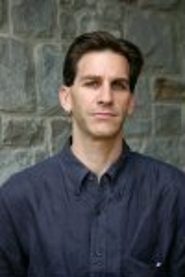
Associate Professor of Sociology Stephen Ellingson published an article titled "The Rise of the Megachurches and Change in Religious Culture" in the online journal Sociology Compass on Dec. 12.
In the abstract, Ellingson writes: "Megachurches represent an emerging and powerful force within American Religion. These large, Protestant churches that average at least 2,000 attendees per week are reshaping religion locally, regionally, and nationally as well as at the denominational and congregational levels. Megachurch leaders have been leaders in religious innovation since the 1970s, ushering in major changes in church architecture, ritual practices, polity, and marketing. In this essay, I review the nascent literature on megachurches. First I discuss the major descriptive findings from several surveys and case studies of megachurches. Second, I examine scholars' efforts to explain how and why megachurches have emerged and grown over the past forty years. Finally I suggest several lines of future inquiry that may allow sociologists of religion to extend or refine existing cultural and market based theories of religious change and church-sect theory."
In the abstract, Ellingson writes: "Megachurches represent an emerging and powerful force within American Religion. These large, Protestant churches that average at least 2,000 attendees per week are reshaping religion locally, regionally, and nationally as well as at the denominational and congregational levels. Megachurch leaders have been leaders in religious innovation since the 1970s, ushering in major changes in church architecture, ritual practices, polity, and marketing. In this essay, I review the nascent literature on megachurches. First I discuss the major descriptive findings from several surveys and case studies of megachurches. Second, I examine scholars' efforts to explain how and why megachurches have emerged and grown over the past forty years. Finally I suggest several lines of future inquiry that may allow sociologists of religion to extend or refine existing cultural and market based theories of religious change and church-sect theory."
Posted December 29, 2008
